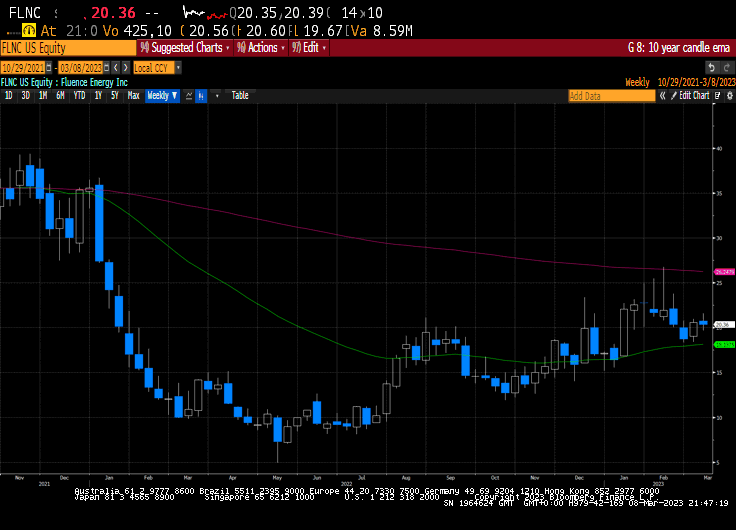Email of the day on long-term electricity prices
Hope the family is fine and that by now you are fully accustomed to your new home in Texas, away from wokist California! My son is contemplating a renewable energy venture and is wondering about MWh price for selling forward electricity production (production facility based in Luxembourg) up to 15 years. There are so many exchanges (EEX, ICE, ASX, CME, NASDAQ, etc.) type of contracts (country, peak and base) that I am somewhat lost, this not being my area of expertise. From what I read they are rather short dated (I saw an EEX 2026 for German electricity and I am unsure about spreads and liquidity). What would advise based on the above?
Thank you for this topical question which may be of interest to the Collective. I can unreservedly say that moving to Texas was a blessing and my daughters are thriving as a result. The wide difference in the price of electricity between the two states is a reflection of differing policy and the dynamics of the market.
One thing that appears to be common to all electricity markets today is the prevalence of trading. The benefit is market liquidity. The downside is volatility. The German baseload contracts only go out to 2026 as you point out. You will also remember that Europe was very reluctant to sign up for long-term natural gas contracts with Russia ahead of the invasion.
The only places I see long-term contracts today are when LNG facilities require contracts to secure funding for construction of the necessary infrastructure. For example, Energy Transfer Partners has signed several long-term supply contracts for its new LNG export facility. Wind and solar are not nearly as capital intense as pipelines and liquefaction facilities, so there is less incentive for consumers to sign up for long-term contracts.
The majority of projects I have seen are focusing more on twinning battery storage with energy production to sell electricity at opportune times. That suggests the market is more focused on optimising intermittency than securing funding for long-life assets,
 Fluence is the result of a joint venture between Siemens and AES. They are selling lithium ion battery storage facilities with embedded software to optimise when electricity is sold. The company expects to be cashflow positive in 2024 and has held a succession of higher reaction lows since May last year.
Fluence is the result of a joint venture between Siemens and AES. They are selling lithium ion battery storage facilities with embedded software to optimise when electricity is sold. The company expects to be cashflow positive in 2024 and has held a succession of higher reaction lows since May last year.
Selling renewable energy from Luxembourg into Germany probably requires some form of battery back up to harvest arbitrage opportunities. Long-term budget planning would need to incorporate the 10-year average of temperature and an awareness that the Permian fields in Texas could peak within the next 5-10 years. That suggests leaving some room to benefit from price volatility is desirable.
Back to top

